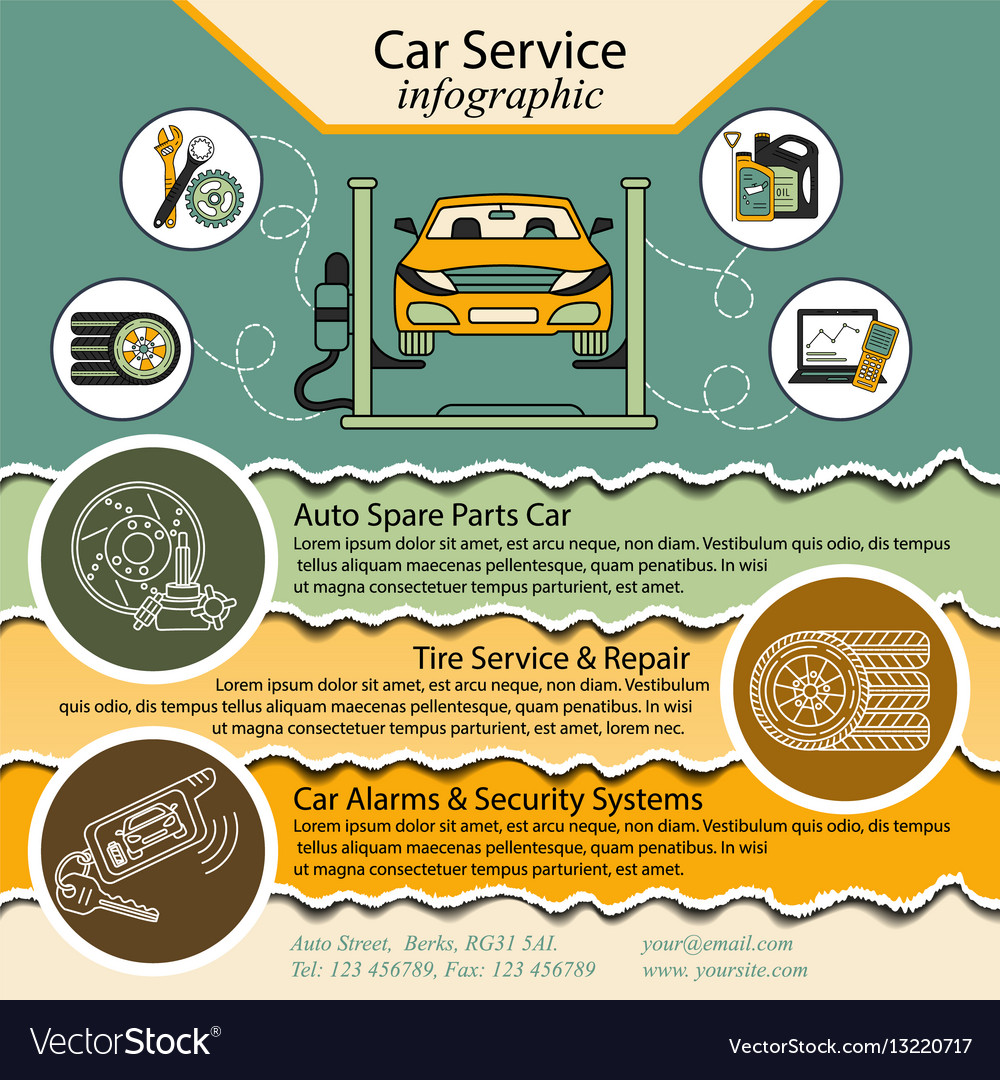Understanding Your Vehicle'S Caution Lighting: What Do They Truly Mean?
Understanding Your Vehicle'S Caution Lighting: What Do They Truly Mean?
Blog Article
Post Written By-Kessler Bishop
When you're behind the wheel, those radiant warning lights on your control panel can be a little bit bewildering. Do you know what they're attempting to inform you about your car's health and wellness? Comprehending the relevance of these lights is vital for your security and the durability of your car. So, the following time among those lights pops up, wouldn't you wish to analyze its message accurately and take the necessary steps to resolve it?
Common Warning Lights and Interpretations
Determine usual caution lights in your auto and recognize their meanings to make sure secure driving.
One of the most common warning lights consist of the check engine light, which signifies issues with the engine or exhausts system. If this light begins, it's vital to have your lorry examined immediately.
The oil stress alerting light indicates reduced oil pressure, needing instant interest to avoid engine damage.
A blinking battery light may suggest a malfunctioning charging system, potentially leaving you stranded if not resolved.
The tire pressure surveillance system (TPMS) light alerts you to reduced tire pressure, influencing car security and fuel efficiency. Disregarding this can bring about risky driving problems.
The ABS light shows an issue with the anti-lock stopping system, endangering your ability to stop swiftly in emergencies.
Finally, the coolant temperature level warning light warns of engine overheating, which can lead to extreme damage if not dealt with promptly.
Understanding these usual caution lights will aid you resolve problems quickly and preserve safe driving problems.
Relevance of Prompt Focus
Comprehending the common warning lights in your vehicle is just the first step; the importance of immediately addressing these warnings can not be highlighted sufficient to guarantee your safety on the road.
When a caution light brightens on your dashboard, it's your automobile's means of communicating a potential issue that requires interest. Disregarding these cautions can cause a lot more severe issues in the future, endangering your safety and security and possibly costing you more out of commission.
Trigger attention to cautioning lights can protect against malfunctions and accidents. As an example, a blinking check engine light can indicate a misfire that, if left unattended, can cause damage to the catalytic converter. Resolving this immediately can save you from a pricey fixing.
Likewise, a brake system cautioning light could signify reduced brake liquid or used brake pads, important elements for your safety when driving.
DIY Troubleshooting Tips
If you observe a warning light on your control panel, there are a couple of DIY troubleshooting tips you can try before looking for expert help.
The initial step is to consult your vehicle's handbook to comprehend what the particular caution light suggests. Sometimes the problem can be as simple as a loosened gas cap setting off the check engine light. Tightening the gas cap might fix the problem.
https://brakechangecost28495.answerblogs.com/27885180/follow-this-in-depth-overview-to-find-out-just-how-to-change-the-oil-in-your-car-step-by-step is a reduced battery, which can trigger different advising lights. Checking the battery links for corrosion and ensuring they're secure might fix the problem.
If a warning light persists, you can attempt resetting it by separating the automobile's battery for a couple of mins and afterwards reconnecting it. In addition, examining your car's liquid levels, such as oil, coolant, and brake liquid, can assist troubleshoot advising lights associated with these systems.
Conclusion
To conclude, understanding your auto's caution lights is crucial for keeping your lorry running smoothly and safely. By without https://www.aftermarketnews.com/advance-auto-parts-joins-forces-with-mechanic-advisor/ attending to these informs and knowing what they indicate, you can stay clear of expensive repairs and possible breakdowns.
Keep in mind to consult your auto's guidebook for particular information on each cautioning light and act accordingly to make sure a hassle-free driving experience.
Stay educated, stay risk-free when driving!
